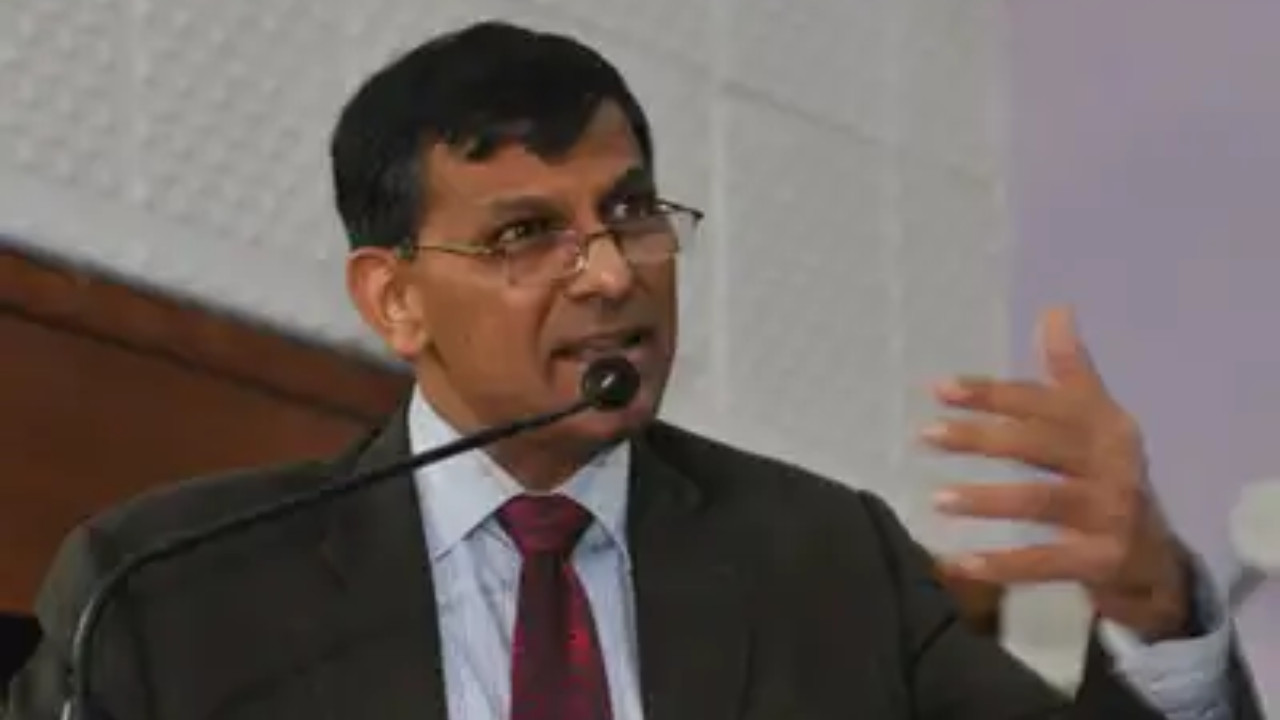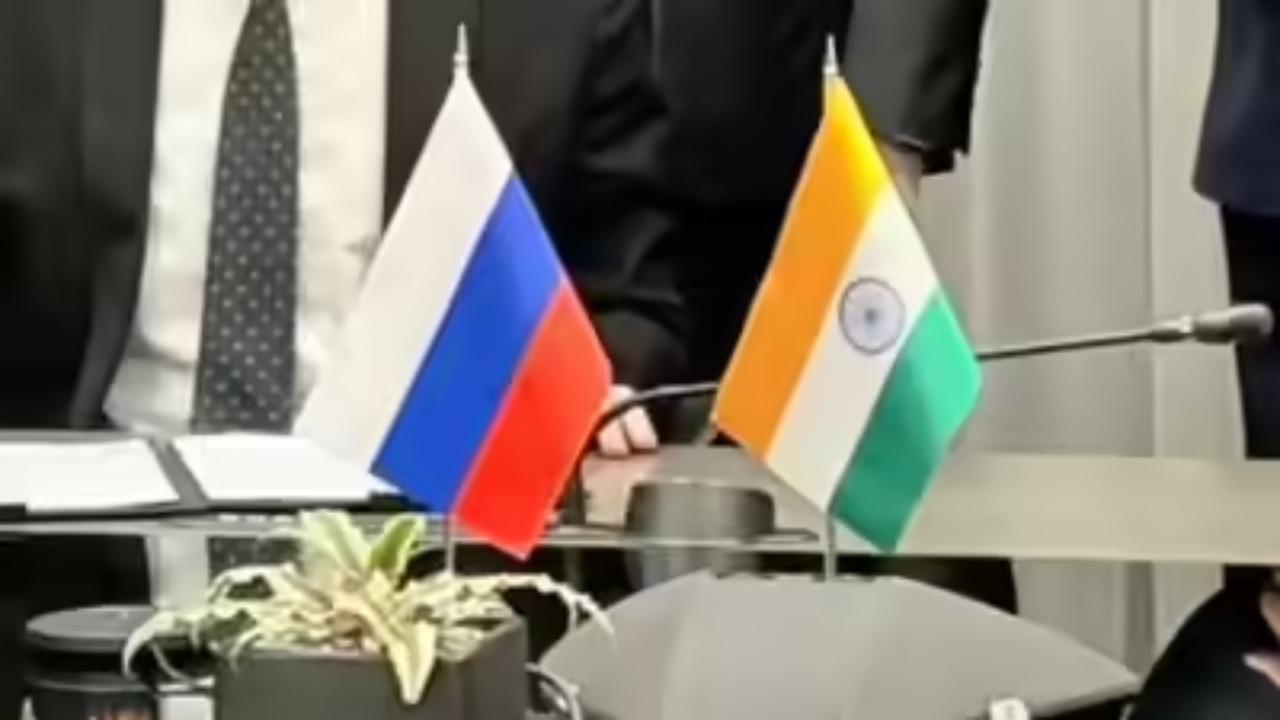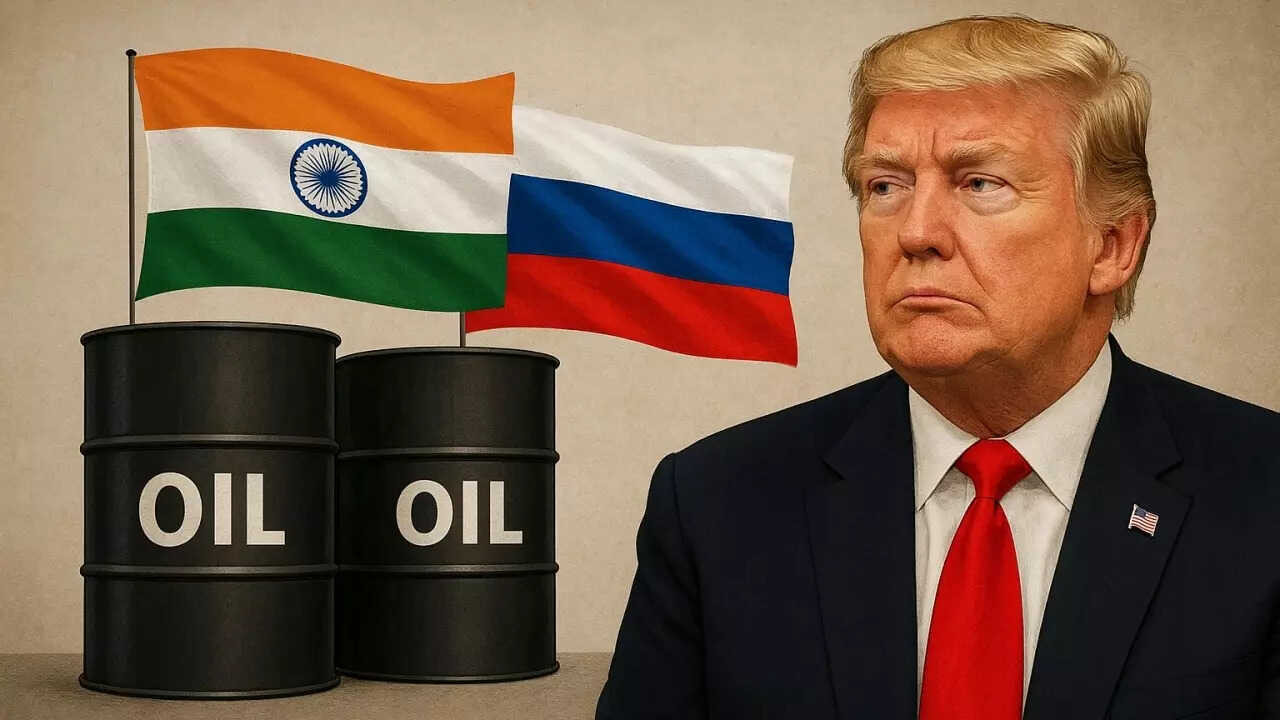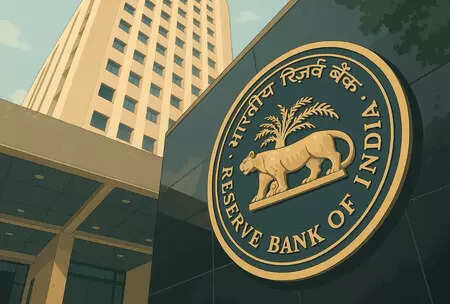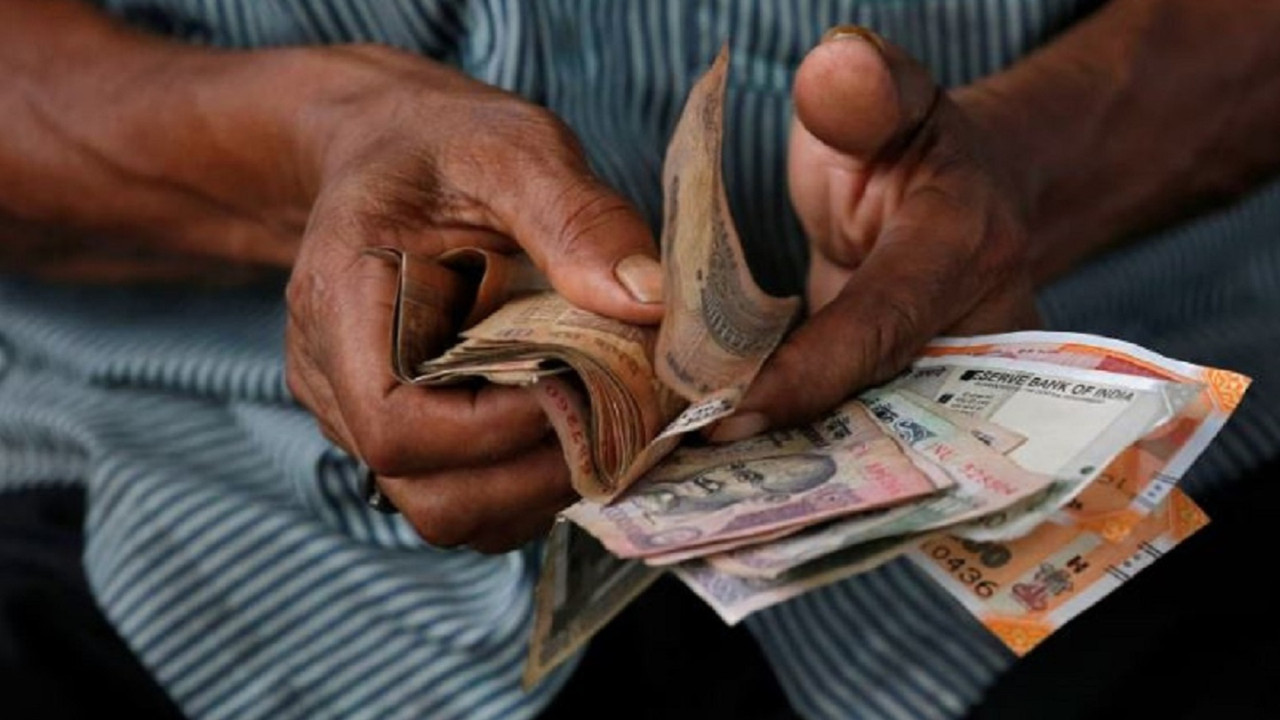Raghuram Rajan advises India to be cautious in US trade negotiations, especially regarding agriculture. He suggests exploring foreign investment in value-added processing. Rajan notes India could benefit from trade tensions by becoming an alternative manufacturing hub. He urges India to reverse protectionist policies in some sectors like car manufacturing. Rajan believes India’s long-term economic prospects remain strong despite global tariffs.
Navigating the Tightrope: Raghuram Rajan on India’s US Trade Deal
India stands at a pivotal moment. Discussions surrounding a potential trade deal with the United States are heating up, and the stakes couldn’t be higher. Former Reserve Bank of India (RBI) Governor, Raghuram Rajan, recently weighed in, offering a perspective seasoned with both optimism and caution. His core message? India needs to tread carefully, playing a smart, strategic game to ensure the deal truly benefits the nation’s long-term economic interests.
Rajan’s insights are particularly pertinent given the complexities inherent in any trade negotiation, especially one involving economies as diverse and influential as India and the US. He emphasizes that while the allure of increased trade and market access is undeniable, India must be vigilant in protecting its vulnerable sectors, most notably agriculture.
The Agricultural Tightrope: Protecting Indian Farmers

The agricultural sector, the backbone of India’s rural economy, is Rajan’s primary concern. He points out the significant differences in agricultural subsidies between the two countries. American farmers receive substantial government support, allowing them to produce goods at lower costs. Opening the floodgates to these subsidized imports could devastate Indian farmers, who often operate on razor-thin margins and lack the same level of financial backing.
“We have to be very careful about opening up agriculture, because that’s where our real problems are,” Rajan stated. It’s a stark reminder that trade negotiations aren’t just about numbers and tariffs; they’re about livelihoods and the future of a significant portion of the Indian population. A poorly structured India US trade deal could inadvertently undermine the very foundation of India’s economic stability.
The need for careful negotiation extends beyond simply shielding farmers from direct competition. Rajan also highlights the potential for indirect consequences, such as the displacement of agricultural workers and the exacerbation of existing inequalities. This makes it critical to consider social safety nets and reskilling programs as integral components of any trade agreement.
Beyond Agriculture: A Holistic Approach to Trade
While agriculture takes center stage in Rajan’s assessment, he doesn’t ignore other crucial aspects of the trade deal. He underscores the importance of ensuring that the agreement promotes innovation, fosters technological advancement, and creates high-quality jobs within India. This means carefully evaluating provisions related to intellectual property rights, data localization, and investment flows.
Furthermore, Rajan suggests that India should leverage its strengths in sectors like pharmaceuticals and information technology to secure favorable terms in the negotiations. A successful trade deal should not merely be about reducing tariffs; it should be about creating a level playing field and fostering mutually beneficial partnerships.
India’s Strategic Advantage: Playing the Long Game
Rajan’s advice is less about outright protectionism and more about strategic engagement. He advocates for a nuanced approach, one that recognizes both the potential benefits and the inherent risks of a trade agreement with the US. India needs to enter negotiations with a clear understanding of its priorities, a willingness to compromise where necessary, and an unwavering commitment to protecting its long-term interests.
India’s growing economic influence gives it leverage in these discussions. The country’s vast consumer market, skilled workforce, and burgeoning innovation ecosystem make it an attractive partner for the US. By playing its cards right, India can secure a trade deal that not only boosts economic growth but also strengthens its position on the global stage. This could also boost other sectors and allow for a more robust and diverse economy.
The Road Ahead: A Call for Prudence and Vision
Negotiating a trade deal of this magnitude is a marathon, not a sprint. It requires patience, diligence, and a clear vision for the future. Raghuram Rajan’s counsel serves as a valuable reminder that India must approach these negotiations with both optimism and a healthy dose of skepticism. While the potential rewards are significant, the risks of a poorly negotiated deal are equally substantial.
The key takeaway is that an India US trade deal should be more than just a collection of trade concessions; it should be a strategic partnership that promotes sustainable economic growth, protects vulnerable populations, and strengthens India’s long-term competitiveness. Only then can India truly reap the benefits of closer economic ties with the United States. Learn more about [India’s economic landscape](internal-link-to-related-content). In conclusion, Rajan’s words are a clarion call for strategic foresight. India must now act with prudence and vision to navigate this complex landscape and secure a trade deal that truly serves its national interest.
